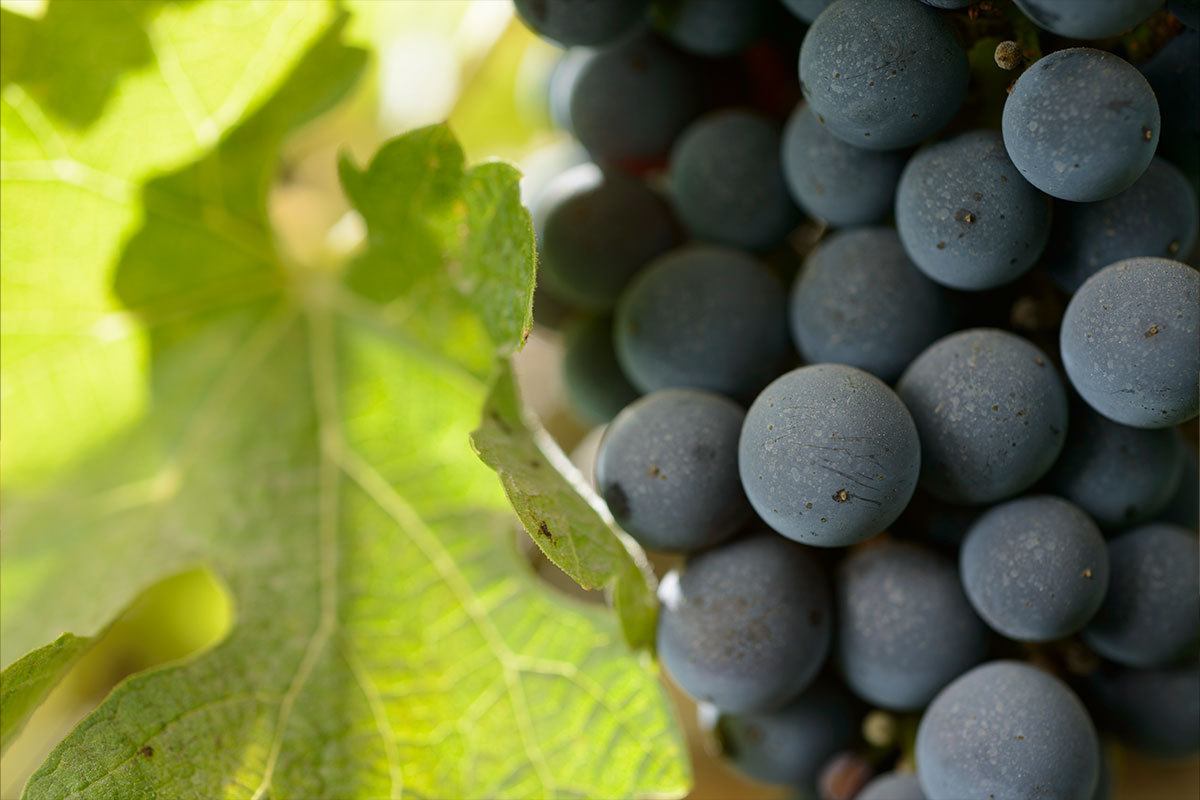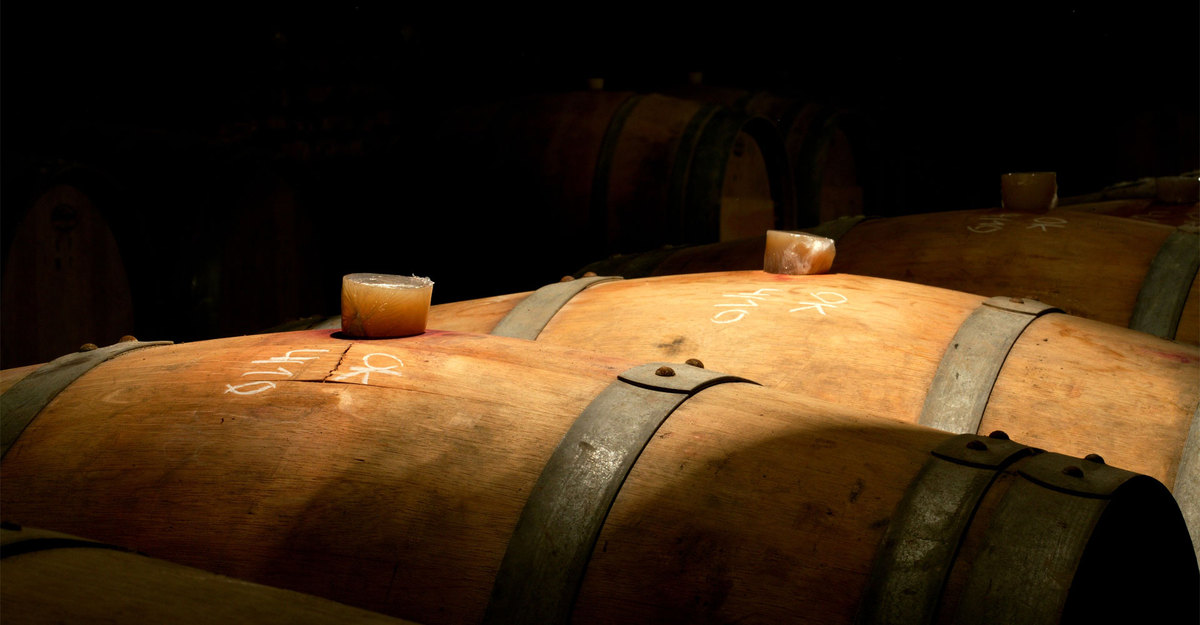16 de June de 2021
What is malolactic fermentation?
You probably already know that wine is a product of the fermentation of grape juice. But in this process, where the sugar in the grape juice is turned into alcohol, another thing can begin: malolactic fermentation, also called second fermentation. What is it about? We’ll tell you then:
To make a wine it is essential that alcoholic fermentation happens. That process in which the yeasts that comes on grape skins from the vineyard, transform the sugar into alcohol. But the fermentations don’t end there. Later, or sometimes during the same process, a second fermentation can occur (or be inhibited) in which the protagonists are others.

In malolactic fermentation, it is the lactic bacteria present in wine (of which the most important are Leuconostoc and Oenococcus) that act. How? Biologically decomposing malic acid into lactic acid. These bacteria can be native and reach the wine in the same way that native yeasts do (that is, on the grape skin), or the winemaker can introduce laboratory bacteria. The purpose will be the same: to reduce the green and aggressive character that characterizes malic acid, to make it unctuous, round and pleasant to the palate such as lactic acid. In fact, the name of malic acid comes from the Latin malus, which means apple (for its green apple flavour). While the lactic reminds us of the acidity of a yogurt.
Winemakers also allow this second fermentation to decrease the acidity of the wine, since malic acid is more acidic than lactic acid. Or to prevent this process from occurring once the wine is bottled (as it could, among other things, get fizzy).
The interesting thing is that the place and climate where the grapes come from could be decisive in deciding whether or not malolactic fermentation will take place. “In Concha y Toro, in general, we don’t do malolactic fermentation of Sauvignon Blanc and Chardonnay. Sometimes it is so difficult to achieve high acidity wines in Chile that if we did malolactic fermentation in white wines we would lose acidity. That’s why we don’t do it”, explains Head Sommelier Massimo Leonori. When a Chardonnay has this fermentation, for example, it develops aromas of toast and butter.
In the case of red wines, the second fermentation mainly serves to soften the tannins, round them and give them smoothness. That is why the varieties that benefit the most from it are those with more aggressive tannins such as Cabernet Sauvignon, Syrah, Carmenère or Pinot Noir, to name a few. “In reds, the malolactic highlights above all the fruity notes, and it can also develop other aromas that are reminiscent of chocolate or earthy notes. When this fermentation is done in barrels, it helps to gain more aromatic complexity, intensifying the aromas of fruit and wood, such as vanilla or coconut”, adds Leonori.

Amelia Pinot Noir, for example, undergoes a second barrel fermentation. The result is a complex wine, in which notes of fruits such as cherries and some black tea predominate, with excellent structure and minerality. While in Gravas del Maipo Syrah the malolactic takes place in steel tanks before going to the barrel, in order to accentuate its aromatic intensity and typicity: aromas of red fruits, blueberries and flowers, while in the mouth it presents a good tannin layer, a fresh and persistent finish. Would you indulge to try them?










